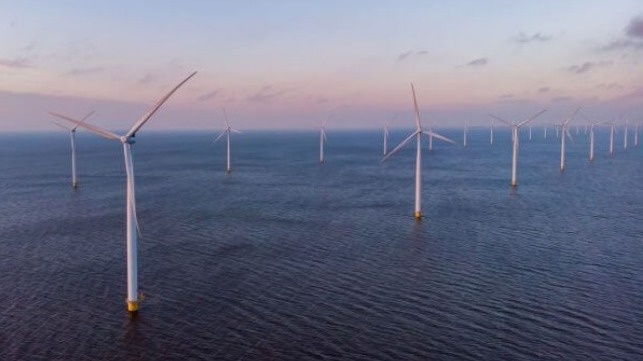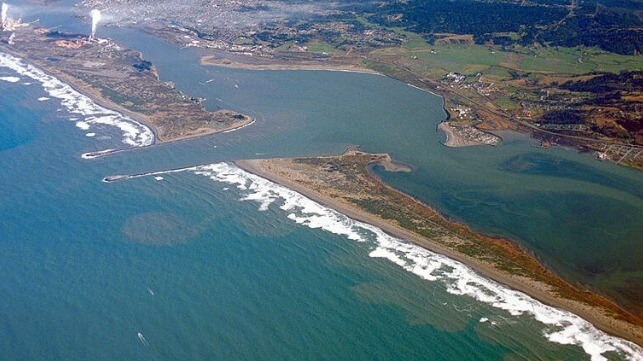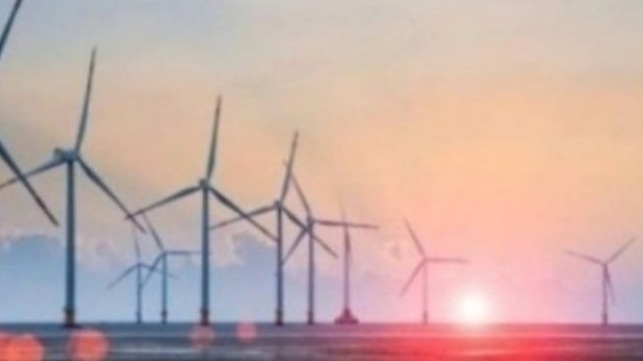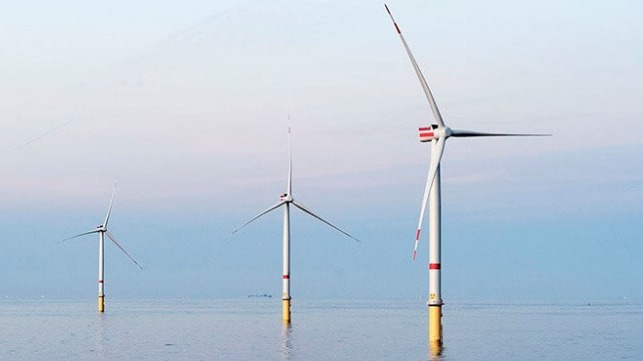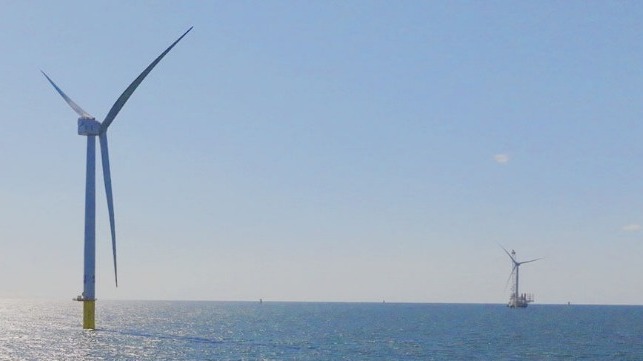Safer Seas Act: Sexual Assault and Harassment Compliance for Shipping
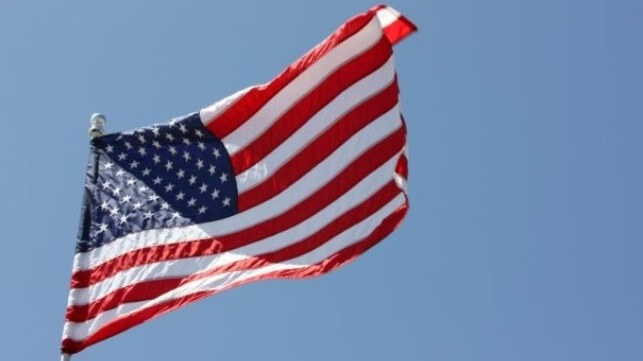
The December 2022 enactment of the Safer Seas Act (SSA) as part of the National Defense Authorization Act for Fiscal Year 2023 marks a pivotal shift in the federal government’s handling of sexual assault and sexual harassment (SASH) incidents aboard vessels. The following is intended to help senior maritime industry leaders understand the impact of the new law on their operations and ensure compliance with these emerging regulatory requirements.
Genesis of the Legislation
The SSA emerged in the wake of a poignant, anonymous narrative written by “Midshipman X” that was published online in September 2021. Her personal experiences demonstrated the stark reality of SASH within the maritime sector and energized calls for systemic change.
As a statutory response, the SSA addresses the prevalence of SASH in the maritime industry and includes a series of provisions intended to combat these issues. One of the most significant measures is the empowerment of the US Coast Guard (USCG) to revoke or suspend the credentials of individuals found guilty of such offenses. The SSA also includes provisions requiring owners and operators of US-flagged commercial service vessels to report complaints and incidents of SASH to the USCG and significantly expands the scope and breadth of incidents that must be reported.
While grace periods have been provided for vessel owners and operators to accomplish some actions (such as the below-described obligation that onboard audio and video surveillance equipment be installed on certain vessels by December 23, 2024), the bulk of the SSA’s requirements have already entered into force. With this in mind, maritime leadership must act immediately to understand what is expected of them and to ensure that policies and procedures have been developed, documented, and implemented to meet these expanded requirements.
USCG Clarifies Employer Responsibilities
The SSA has significantly broadened the responsibilities of maritime employers. Among other requirements, it mandates the integration of comprehensive SASH policies within companies’ safety management systems. This includes the implementation of annual training focused on SASH prevention, bystander intervention, and the approved means of reporting and responding to such incidents.
Subsequent to the enactment of the SSA, the USCG issued a comprehensive Marine Safety Information Bulletin followed by a series of policy letters issued through November 2023 that together serve as a guide for maritime entities. This guidance outlines the required reporting mechanisms (including specific information that must be provided in such reports as well as the timelines and methods for submitting and responding to them), provides details regarding SASH policy postings aboard vessels, and outlines a number of other control measures, such as the implementation of master key control systems.
Employers should ensure that their policies encompass all forms of harassment, including gender, sexual orientation, gender identity, race, religion, national origin, and age, as the SSA’s solo use of the term “harassment” may not be limited to only sexual harassment. Moreover, the SSA mandates that commercial vessel owners, operators, masters, and employers of seafarers must report complaints and incidents of “harassment, sexual harassment and sexual assault ‘that violate’ any law or company policy.” Read in conjunction with each other, this broad language in the SSA greatly expands the scope of reportable incidents; industry leaders should err on the side of caution and report all forms of harassment.
In terms of timing, reports must be made “immediately” after the vessel owner or operator gains knowledge of the incident and should include:
- The name, role, and contact information of the person making the report
- The name and official number of the documented vessel
- The time and date of the incident
- The geographic position or location of the vessel when the incident occurred
- A brief description of the sexual assault or harassment being reported
Reporting options include the Coast Guard Investigative Service (CGIS) TIPS app and/or the email address CGISTIPS@uscg.mil, which can be used by all reporting sources, including bystanders and survivors. The reports, which can be anonymous or attributed, will be received and reviewed by the CGIS. An investigation will be initiated for all reports received, and the USCG will provide follow-up communications with all reporting sources who provide contact information. The USCG also maintains a 24/7 watch, which can field reports of sexual misconduct via the National Command Center phone number, 202-372-2100.
To provide an additional layer of safety and accountability, the SSA stipulates that video and audio surveillance systems be installed on certain vessels. Commercial, non-passenger-carrying vessels — excluding certain commercial fishing vessels — covered by this requirement include the following:
- Documented vessels with overnight accommodations for at least 10 individuals on board that are (a) on a voyage of at least 600 miles that crosses seaward of the Boundary Line or (b) at least 24 meters (79 feet) in overall length and required to have a load line under Title 46, Chapter 51
- Documented vessels of at least 500 gross tons … on an international voyage
- Vessels with overnight accommodations for at least 10 individuals on board that are operating for no less than 72 hours on waters superjacent to the Outer Continental Shelf
Finally, the expanded scope of reportable offenses and the substantial increase in penalties for noncompliance (which range up to $55,000 for each violation) also reflect a stringent approach toward eradicating SASH.
Looking Ahead
Although the SSA has been in full force and effect for over a year, it is clear that the journey toward full compliance and understanding remains ongoing. The USCG’s bulletins and policy letters have provided some valuable guidance, yet many aspects of the SSA remain open to interpretation (including the definition of “harassment”). Vessel owners, operators, and employers must not only familiarize themselves with these requirements but also engage in ongoing education and adaptation to ensure their operations are fully aligned with the SSA’s provisions.
Reinforced by the USCG’s guidance, the SSA calls for a collective commitment and proactive approach from all stakeholders to ensure rigorous compliance and to foster a culture of safety, respect, and accountability. As maritime companies move forward, it is incumbent upon them to ensure that these regulations are embedded in the fabric of their operations and create an environment in which the industry is synonymous with safety, respect, and integrity.
Sid Lewis is a partner and leader of Jones Walker's Labor & Employment Practice Group, where he consults and advises management and human resources personnel with respect to employment and labor laws. Sid can be contacted at: slewis@joneswalker.com, 504.582.8352.
Sara Kuebel is an associate in Jones Walker's Maritime Practice Group, where she focuses on maritime litigation, including allisions and collisions and claims under General Maritime Law, the Jones Act, the Longshore and Harbor Workers’ Compensation Act, and the Outer Continental Shelf Lands Act. Sara can be contacted at: skuebel@joneswalker.com, 504.582.8483.
